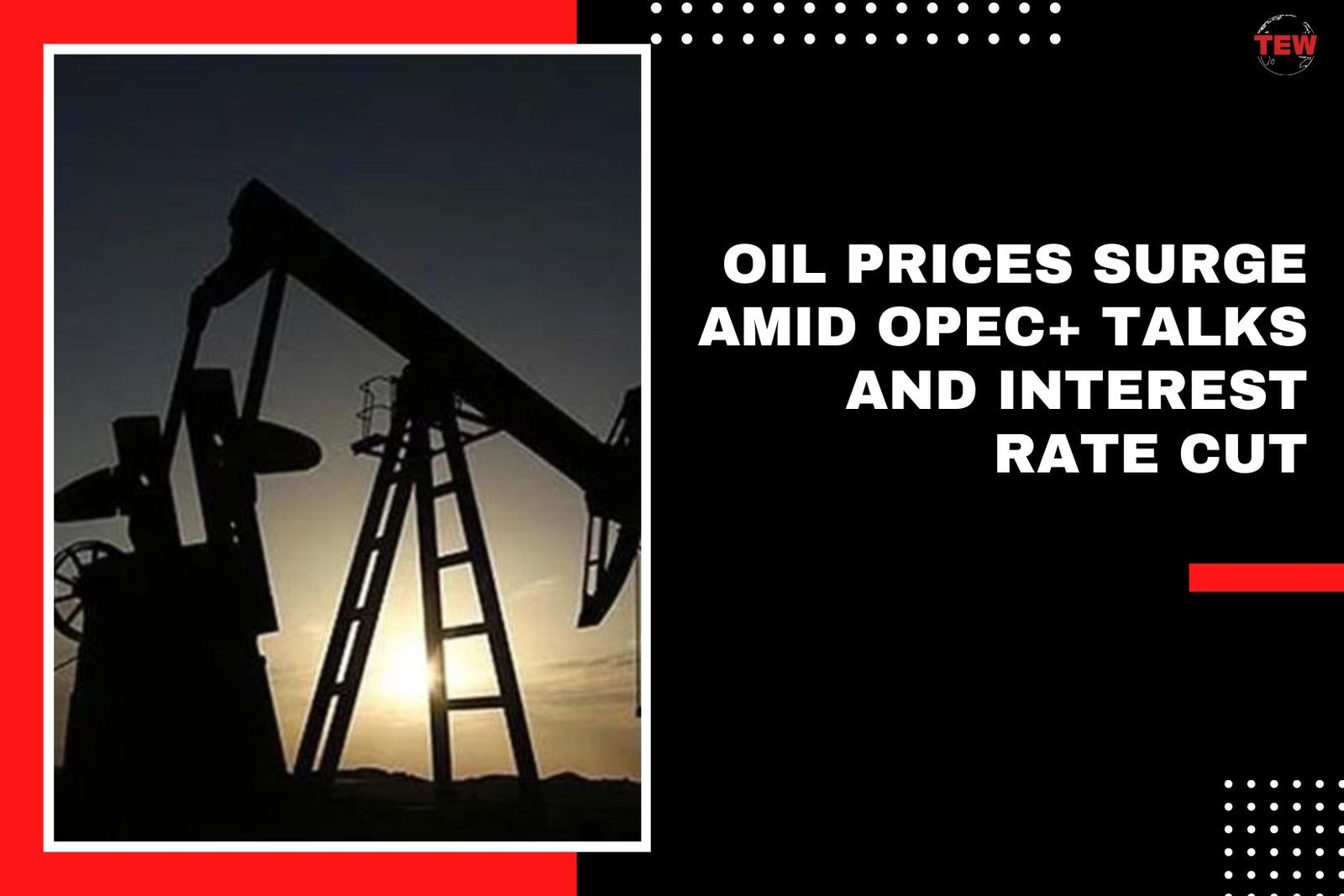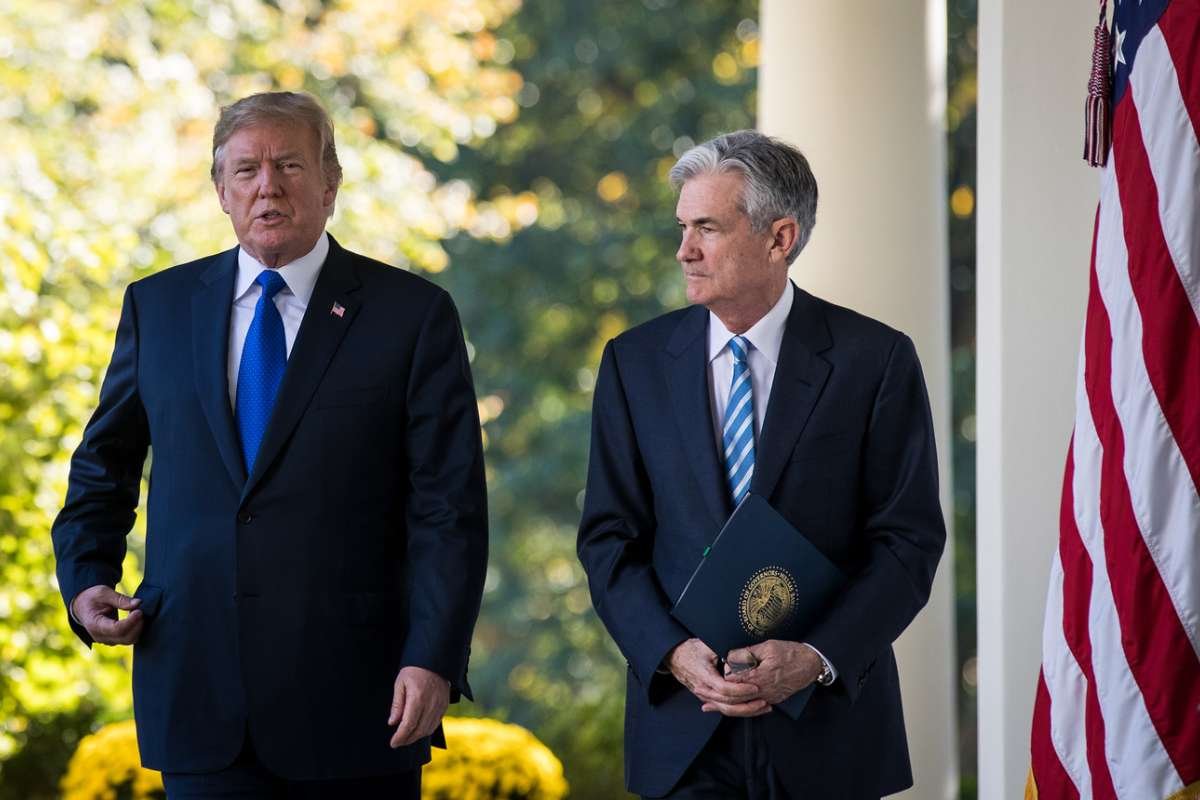Source-Anadolu-Ajansi
OPEC+ Members Hint at Output Adjustments
Oil prices experienced a notable uptick on Friday, driven by signals from key OPEC+ members Saudi Arabia and Russia suggesting a potential pause or reversal of output agreements. Brent crude futures saw a rise of 16 cents or 0.2% to $80.03 per barrel, while U.S. West Texas Intermediate crude futures also climbed 16 cents or 0.2% to $75.71 as of 0007 GMT.
Market Reactions and Analyst Insights
Thursday witnessed a rally in prices following attempts by Saudi Arabia and Russia to reassure markets regarding supply agreements. However, despite this positive momentum, oil prices are on track for a weekly loss as analysts interpret Sunday’s OPEC+ meeting as a signal of increasing supply, which tends to exert downward pressure on prices.
OPEC+ recently agreed to extend most production cuts into 2025 but allowed room for voluntary cuts from eight members to be gradually unwound. Saudi Energy Minister Prince Abdulaziz bin Salman, speaking alongside Russian Deputy Prime Minister Alexander Novak at an event in Russia on Thursday, emphasized the coalition’s flexibility, stating that they can adjust voluntary output increases if market conditions dictate.
Jarand Rystad, founder and CEO of Rystad Energy consultancy, underscored the importance of ongoing market management by OPEC+, suggesting that further cuts may be necessary to balance demand and supply dynamics. Rystad noted that while demand may soften slightly, existing supply levels are sufficient, necessitating adjustments to maintain price stability.
Impact of Interest Rate Cut
In parallel to OPEC+ developments, an interest rate cut by the European Central Bank on Thursday bolstered expectations of a similar move by the U.S. Federal Reserve. Lower interest rates typically stimulate economic activity and boost oil demand, contributing to the upward pressure on prices.
Looking ahead, market participants are eagerly anticipating the release of Chinese commodity trade data on Friday. This data is expected to provide crucial insights into demand trends in the world’s second-largest oil consumer, offering valuable guidance for future market dynamics.
As oil markets navigate through evolving supply dynamics and macroeconomic factors, stakeholders remain vigilant for signals that could influence price movements in the coming days.
Analysts suggest that the market’s response to OPEC’s recent production policy announcement was excessively pessimistic, partly driven by numerous trades executed using trend-following algorithms.
While the majority of analysts view the announcement from the OPEC+ alliance over the weekend as potentially bearish for oil prices by the year’s end due to plans to begin scaling back some cuts as early as October, contingent on market conditions, observers and analysts argue that the initial price reaction in the oil market earlier this week may have been exaggerated.
Algorithmic trading, characterized by its rules-based computational approach rather than fundamental analysis, exacerbated the already negative sentiment prevailing in the oil market.






